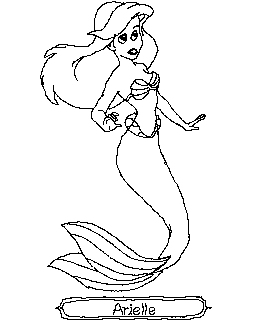- Details
- Geschrieben von Super User
- Hauptkategorie: Magazines
- Kategorie: CFOG's PIP
- Veröffentlicht: 30. November 1987
- Zugriffe: 19919
CFOG's PIP, March 1987, Volume 5 No. 5, Whole No. 53, page 5
Style Sheets for Word Processing
by Benjamin H. Cohen
(copyright by Benjamin H. Cohen, 1987, all rights reserved)
It is, in my opinion, useful for any business or professional office to set up what might be called a 'style sheet', a file containing a standard set of guidelines used at the top of a file to obtain some uniformity of style and case of use of a particular word processing program. For my law office we have a file called "LETTERS.TOP" that contains NewWord / WordStar dot commands to set the top margin to drop the text below our letterhead, turn proportional spacing on and select the proper font, set margins and tabs, and remind the operator just where the date should begin for approximately correct centering, since NewWord can't correctly and automatically center proportionally spaced text.
For PIP, which was usually printed with StarJet I created a "PIP.TOP" that set up the fonts that I wanted for PIP, established margins and tabs, set up the correct line height, a listing of the fonts and their code numbers, laid out the location and embedded print commands for the headline on the file, and provided places for standardized information regarding the source, editing, and other data about the file.
In order to use Magic Series I created a "MAGIC-ST.YLE" file, that contains the dot commands for selection of the correct font cartridge, selection of the TmsRmn as the primary font and HelvBold as the secondary font, a listing of the fonts and their code letters, a reminder of the commands needed to change font, the commands for the proper line length for PIP columns, setting of line height for the headline, font selection for the headline, setting the line height for text, selection of italics as the secondary font, and some reminders about proper formatting. This file is some 37 lines long before the title to the article is reached on line 1 by the WordStar count!
I have another little file that I keep around called simply "LABELS". It sets the page offset to two (that works best with my ProWriter), page length to six, top and bottom margins to zero, sets up 12 cpi and right margin at 38.
Another little file I sometimes use is called "FI". It has a format layout for printing a series of unrelated files using the merge-print features of NewWord or WordStar's MailMerge. For each file to be printed FI contains dot commands to create both a header and a footer (both blank unless I add one, but they turn off the header and footer from any previous file, set page number at 1 at the beginning of each file, call the file with the ".FI" (file insert) dot command, skip a line (just in case there's a space on the last line after the last carriage return in which case returning from the inserted file to FI would make the next dot command not fall in column one and thus be printed as text), and a ".PA" command to start the next file on a fresh page.




